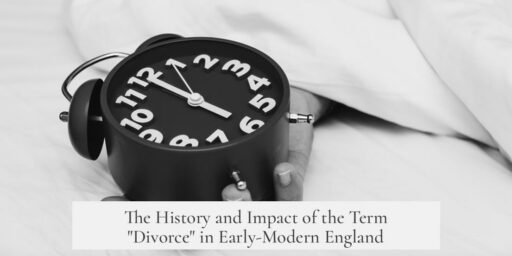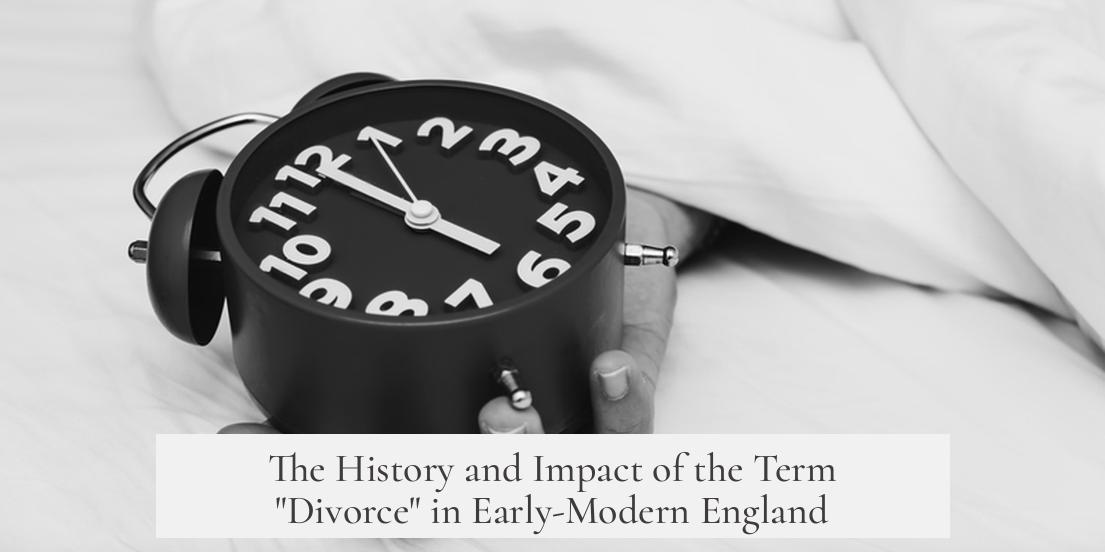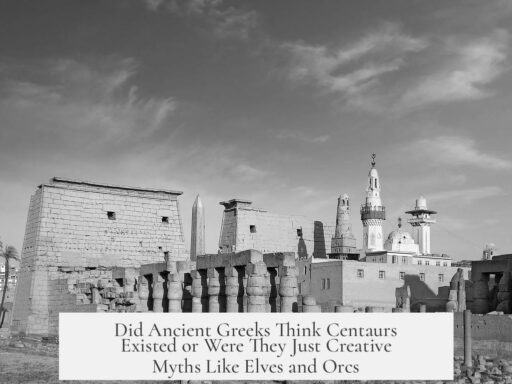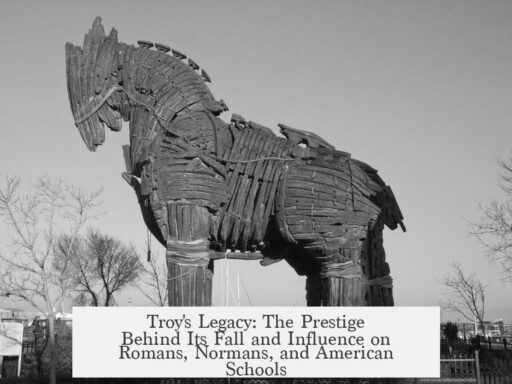The word “divorce” was indeed extant in early-modern England, widely recognized to mean the ending of a marriage even before Henry VIII’s reign. Its usage appeared in Middle English texts by the late 14th century, reflecting the concept both in general separation and specifically the dissolution of marital bonds.
Historical records demonstrate this. For example, the Middle English Dictionary cites early occurrences of “divorce” (often spelled “deuors” or “deuorse”) in texts such as Higden’s Polychronicon (before 1387) and the Prose Brut (circa 1400). These show the word describing marital separation. The Prose Brut recounts a royal divorce due to consanguinity, terminology that parallels today’s concept of annulment.
The frequency of the term “divorce” increased notably in the 1530s and 1540s, a period overlapping with King Henry VIII’s well-known annulment and break from the Catholic Church. Yet, many references in Early English Books Online from this era relate to Biblical translations or other sources rather than exclusively Henry’s case, indicating the word’s broader established usage.
Conceptually, the distinction between divorce and annulment was less rigid than now. Early-modern legal and religious frameworks lacked separate terms for these processes. Marriages could be ended by annulment on grounds like blood relation, but the vocabulary often used “divorce” to represent all forms of marital dissolution.
Key points include:
- “Divorce” was used in English well before Henry VIII’s reign to denote terminating marriage.
- Middle English texts from the 14th century already contain this term describing marital separation.
- The rise in usage in the 1530s–40s coincides with Henry VIII’s divorce but reflects a broader topical interest.
- Early-modern English did not strictly separate “divorce” and “annulment” as distinct concepts.
How Was “Divorce” an Extant Word in Early-Modern England?
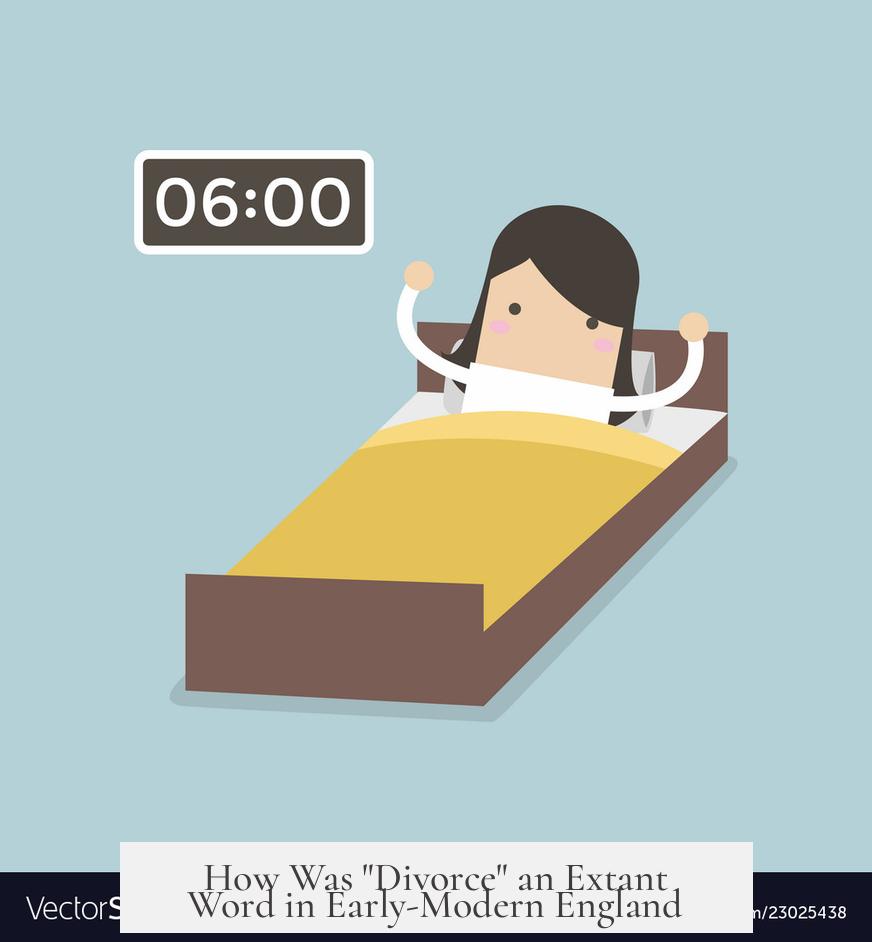
Simply put, the word “divorce” was already in use in early-modern England well before Henry VIII’s time, and it referred both to separation generally and specifically to the ending of a marriage. But there’s more to the story than just the word’s presence. Let’s unpack how “divorce” existed, evolved, and gained significance in English history.
When you hear the word “divorce,” you might think it’s a purely modern concept tied to legal filings and courtroom battles. But the English language proves otherwise. The term divorce has roots deep in medieval English, reflecting society’s long-standing interest in marital separations, even when legal and religious constraints made such breaks tricky.
The Roots of Divorce: Definition and Early Usage
Back in early-modern England, “divorce” did not exclusively mean the full dissolution of marriage like we tend to think today. It could and did refer to separation—sometimes informal and without legal finality. However, what’s fascinating is that even before Henry VIII famously broke from the Catholic Church, the word regularly meant ending a marriage.
There’s evidence from Middle English texts showing the term’s usage in official and literary contexts. For instance, Higden’s Polychronicon, composed before 1387, states:
An hundred yere and sixti after that the citee was i-buld was no deuors bytwene a man and his wyf.
This Old English way of spelling “divorce”—“deuors”—refers clearly to marital breakup.
Similarly, a passage from the Prose Brut around 1400 records:
In the same yere Was made deuorse bituene the Kyng of Fraunce & the quene his wif… for encheson that it was… prouede that thai wer sib & ney of blode.
This is about the French king’s marriage ending because of consanguinity (being too closely related)—what today we’d call an annulment, but back then “divorce” covered that too.
Word Frequency and Public Awareness Pre-Henry VIII
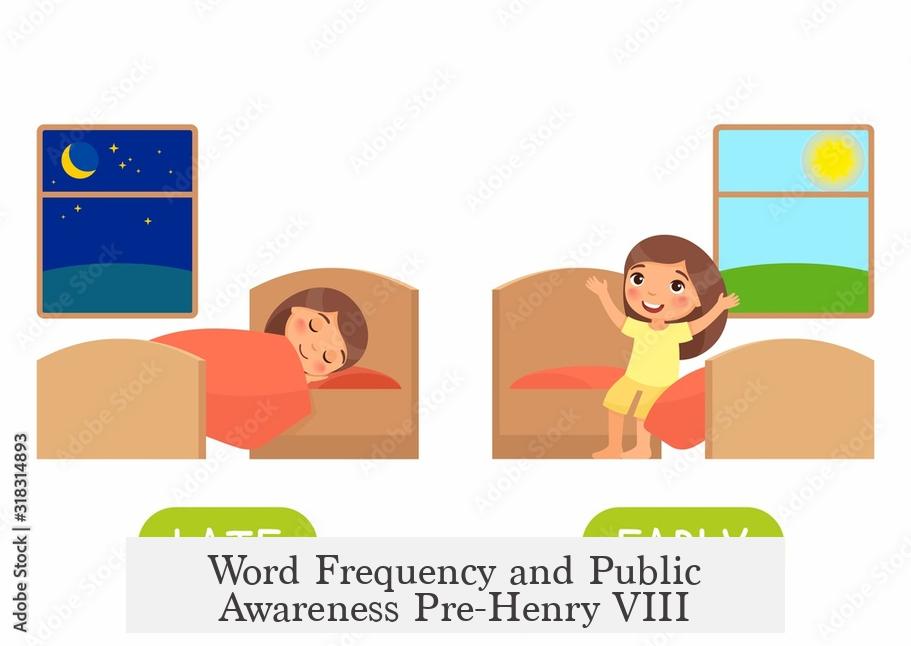
If you peek into the Early English Books Online database, the mentions of “divorce” (or its many spellings like deuor*, divor*, devor*) pop up with rising frequency in the early 1500s, especially the 1530s and 40s.
You might jump to the conclusion that this spike directly reflects Henry VIII’s troubles with Catherine of Aragon. After all, his very public effort to end their marriage shook England and led to monumental religious upheavals.
However, a closer look shows that most uses of the term during that era don’t refer to Henry’s case directly. Some derive from English Bible translations; others come from discussions unrelated to the king. Yet Henry’s actions undeniably boosted public interest in the word and concept of divorce.
Divorce vs. Annulment: Blurred Lines in Early-Modern England
This brings us to an important point: the early-modern English vocabulary didn’t sharply distinguish between what we now call divorce and annulment.
Today, divorce formally ends a marriage, while annulment declares that a marriage was invalid from the start. But in the 14th and 15th centuries, such clear categories didn’t exist in the same way.
The example from the Prose Brut about the French king’s marriage ending due to blood relation would nowadays be labeled an annulment. Yet the chronicler used the term “deuorse.”
Legal options for breaking a marriage were extremely limited. Declaring a marriage void because of consanguinity was often the closest thing to “divorce” available. Given that, the language adapted to cover all forms of marital dissolution without the precision we take for granted now.
Why Does This Matter Now?
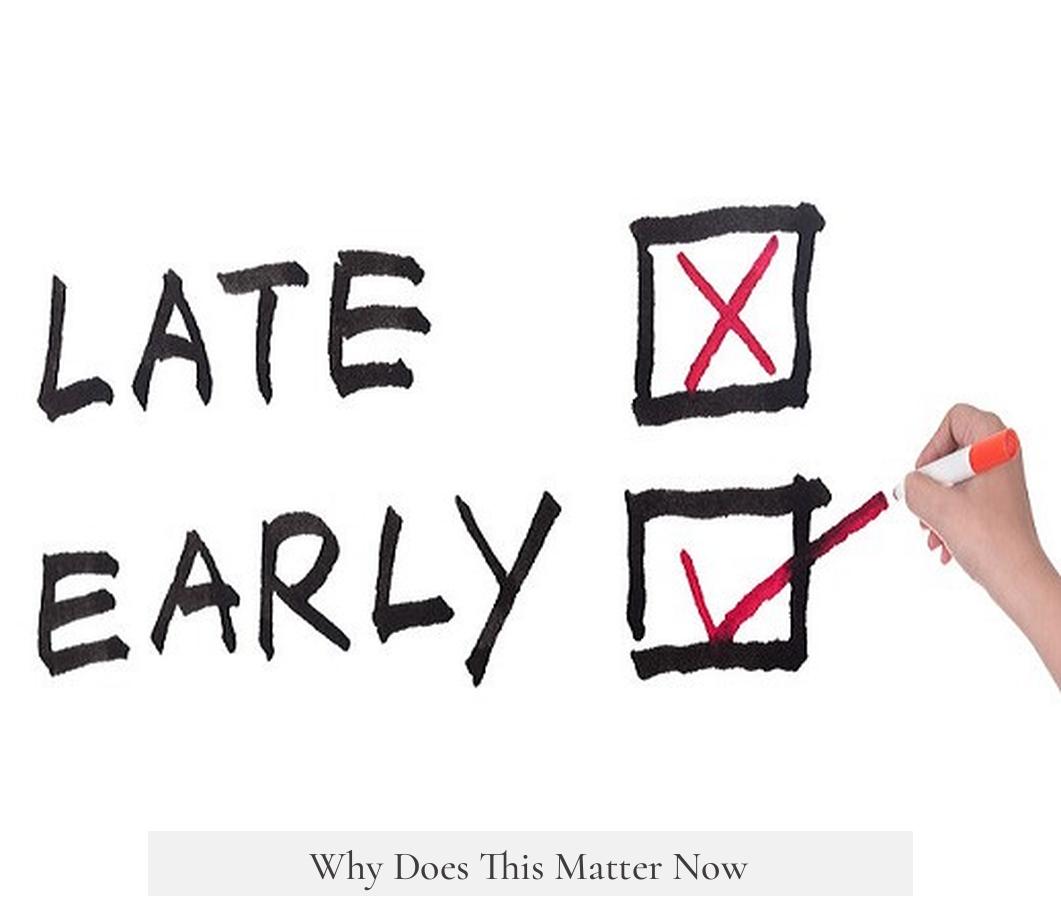
Understanding this linguistic history offers insight into how society’s attitudes and legal frameworks around marriage and divorce evolved. It paints a picture of a past where marriage was a lifelong contract, not easily severed, but where the need to discuss separation still existed—and so, the word “divorce” existed alongside ambiguous legal realities.
Can you imagine the buzz in Tudor England as the word “divorce” gained traction? When Henry VIII sought an annulment that many would call divorce today, even people unfamiliar with Latin ecclesiastical law started grappling with what it meant to break a marriage. That cultural moment helped catapult “divorce” from a term in medieval chronicles into a word buzzing through conversations, pamphlets, and eventually, legal records.
Practical Takeaways: What We Can Learn
- Language and Society Reflect Each Other: The enduring presence of the word “divorce” shows persistent societal interest in marital separation, regardless of the church or state’s stance.
- Legal Terms Can Blur: Early-modern use shows how legal concepts and vocabulary don’t always match modern definitions. If you read older texts mentioning divorce, it’s worth considering the broader meaning.
- Henry VIII’s Case Fueled Debate, Not Invented the Word: While his actions popularized discussion, “divorce” as a term already existed. Think of him as the big celebrity who brought the word into the limelight.
- Historical Context Matters: Words evolve while society’s structures shift. Recognizing these nuances helps us avoid anachronistic misunderstandings when reading old documents.
What About Now? Can History Inform Today’s Views on Divorce?
With opinions about divorce often polarized, it’s useful to remember the long human story behind it. The word’s endurance over centuries suggests that separation is a real, persistent element of marriage life, not a modern invention or moral failing.
By looking back at how early-modern England used “divorce,” we see it wasn’t just about breaking vows but navigating complex social, familial, and legal challenges. That fuller understanding might help us approach today’s conversations with less judgment and more empathy.
So the next time you bump into the word “divorce,” remember—it’s a word that carried weight long before court orders and lawyers entered the picture. It speaks to the deep realities humans have always faced about love, partnership, and sometimes, separation.
